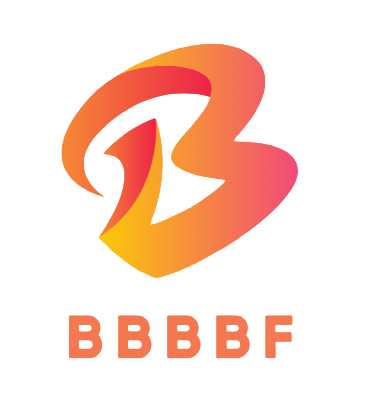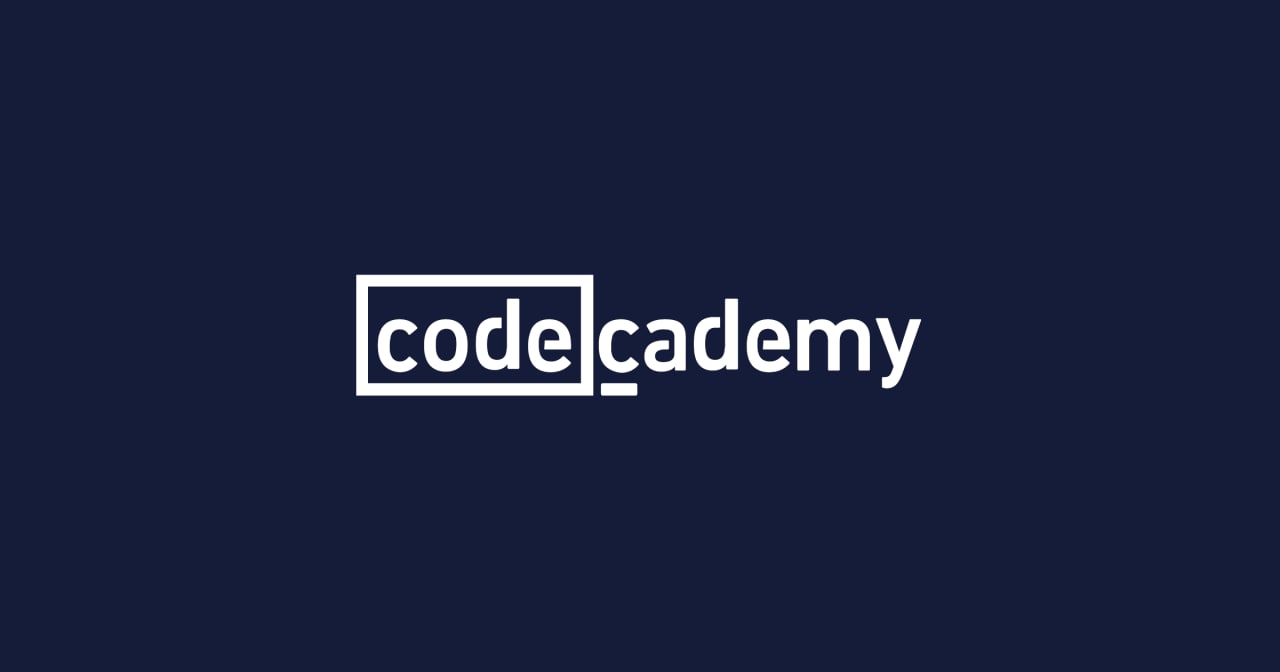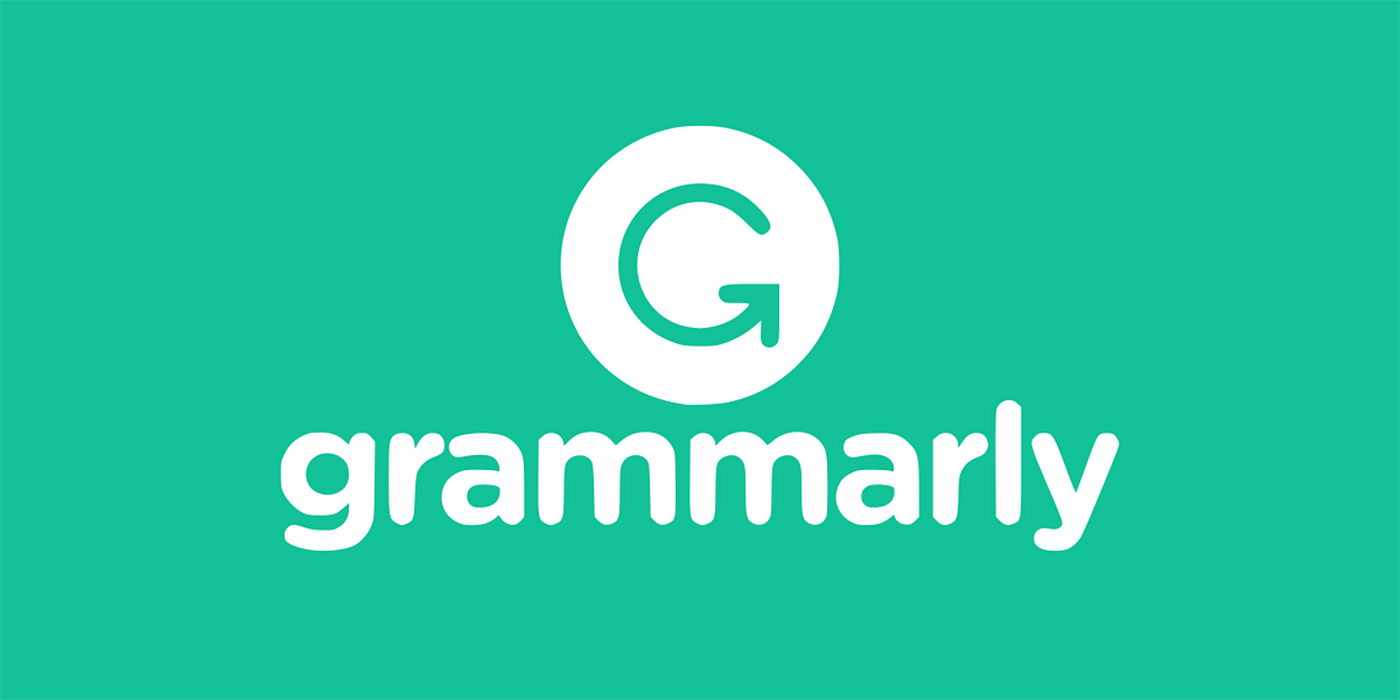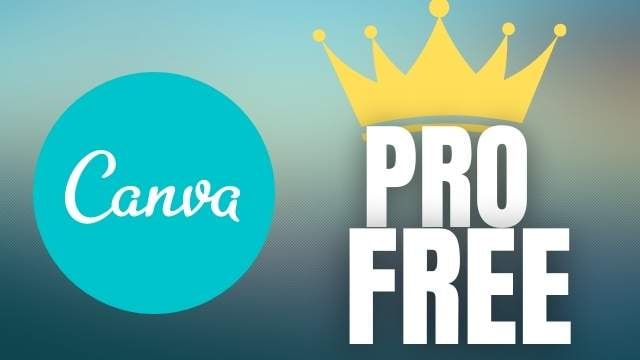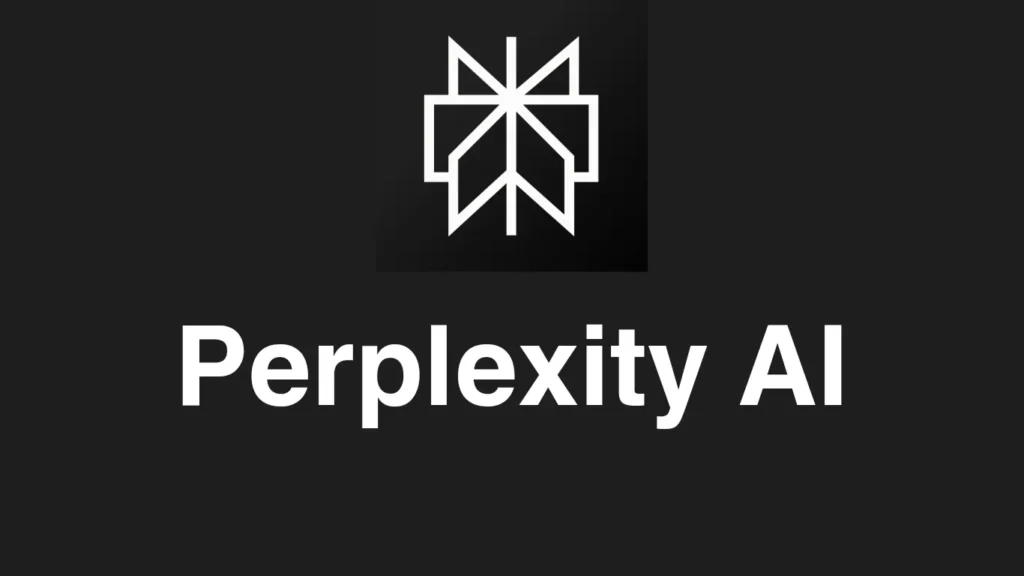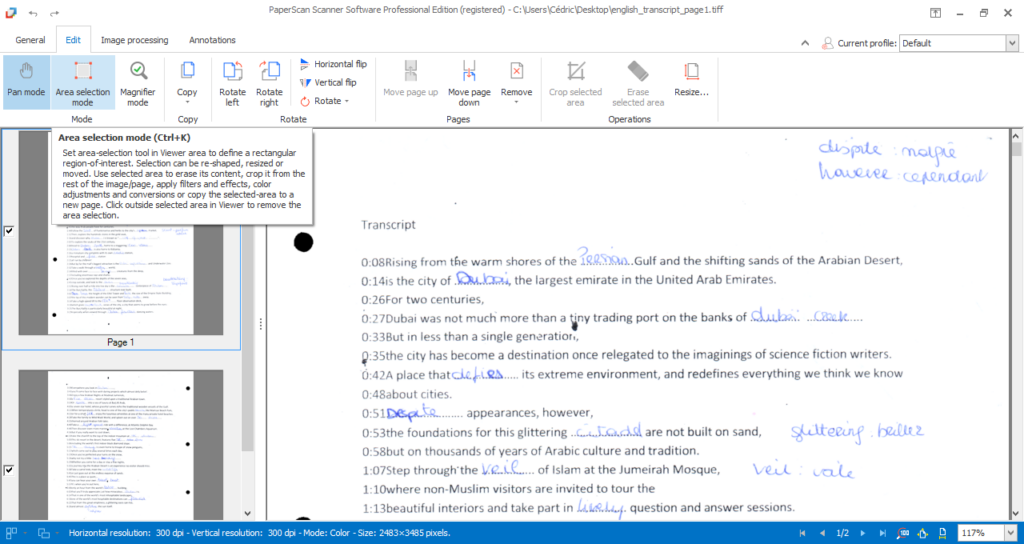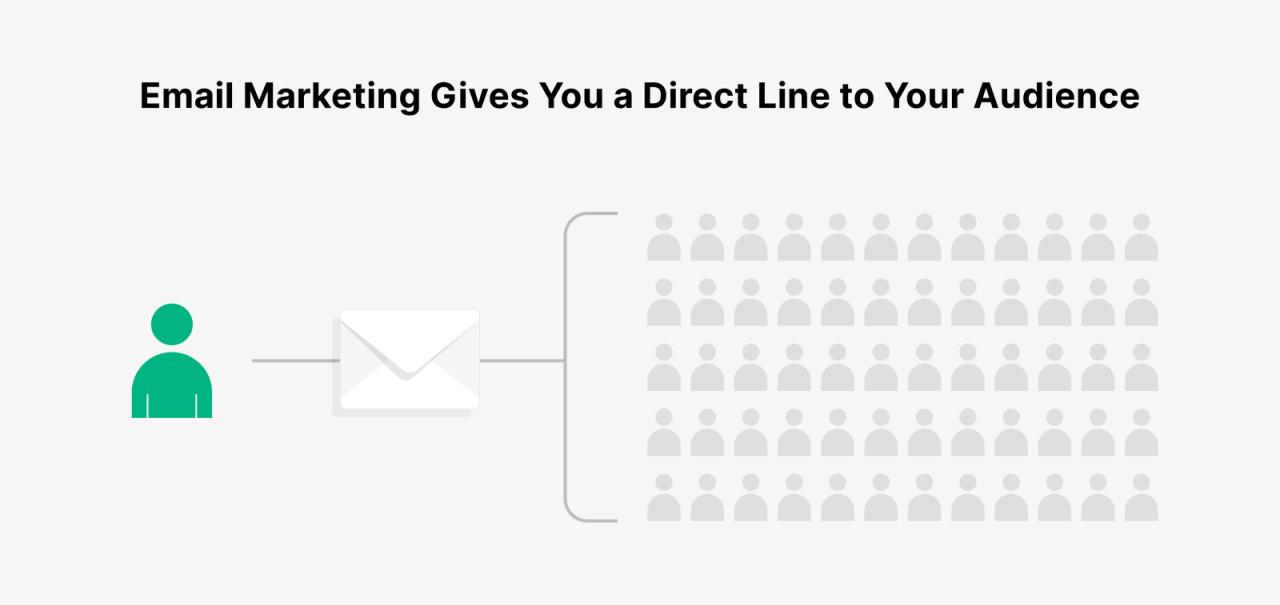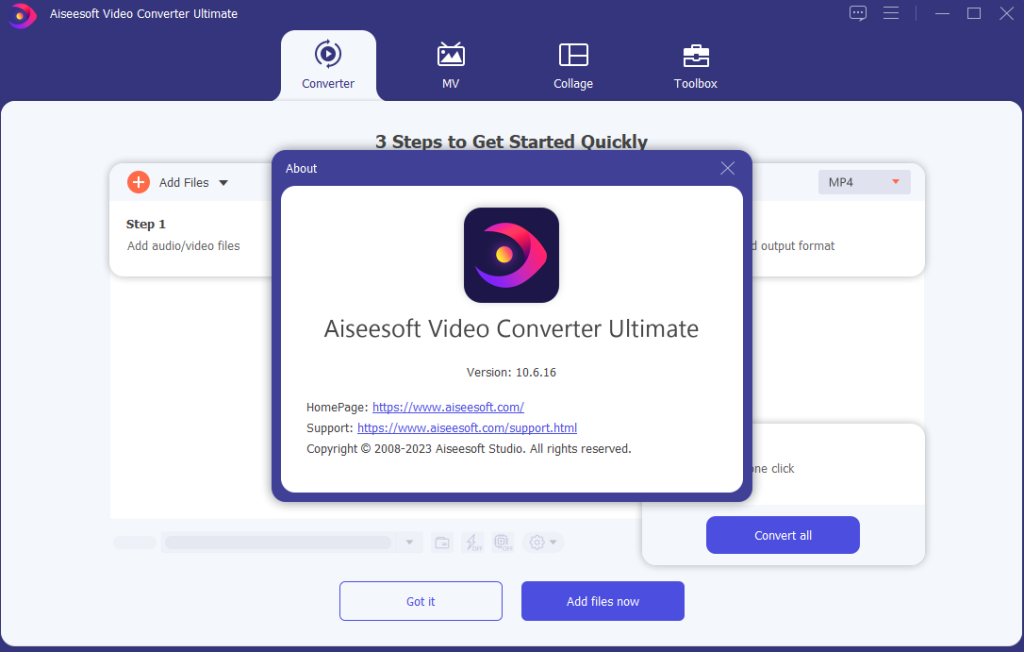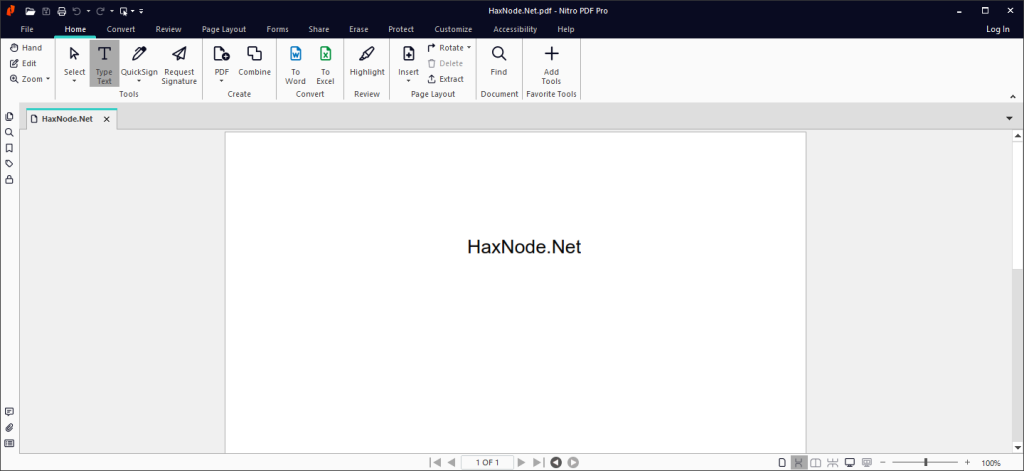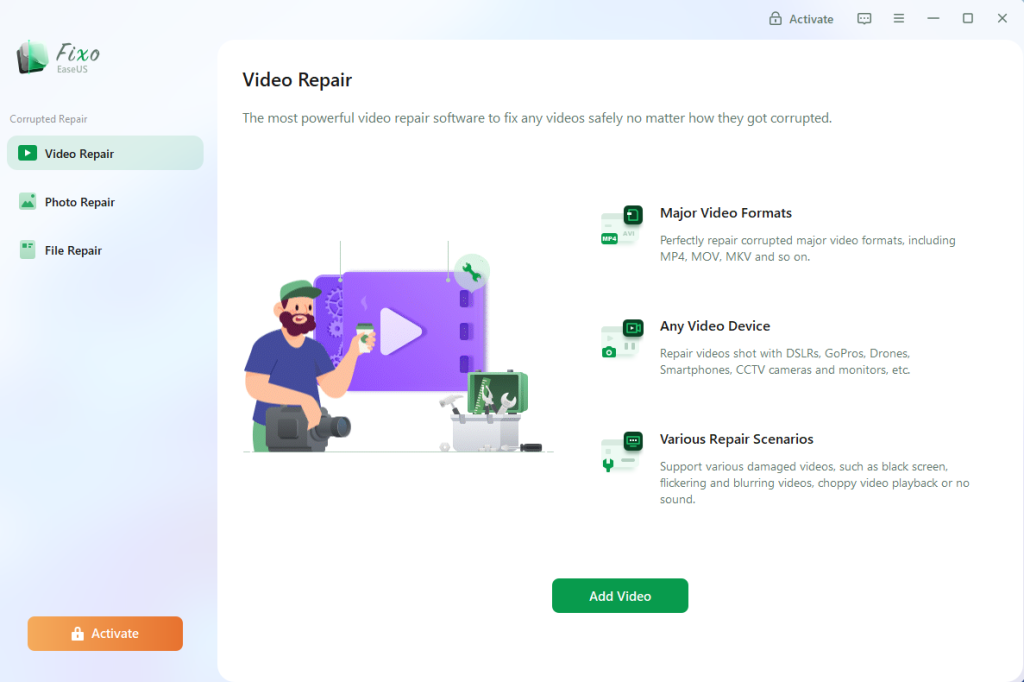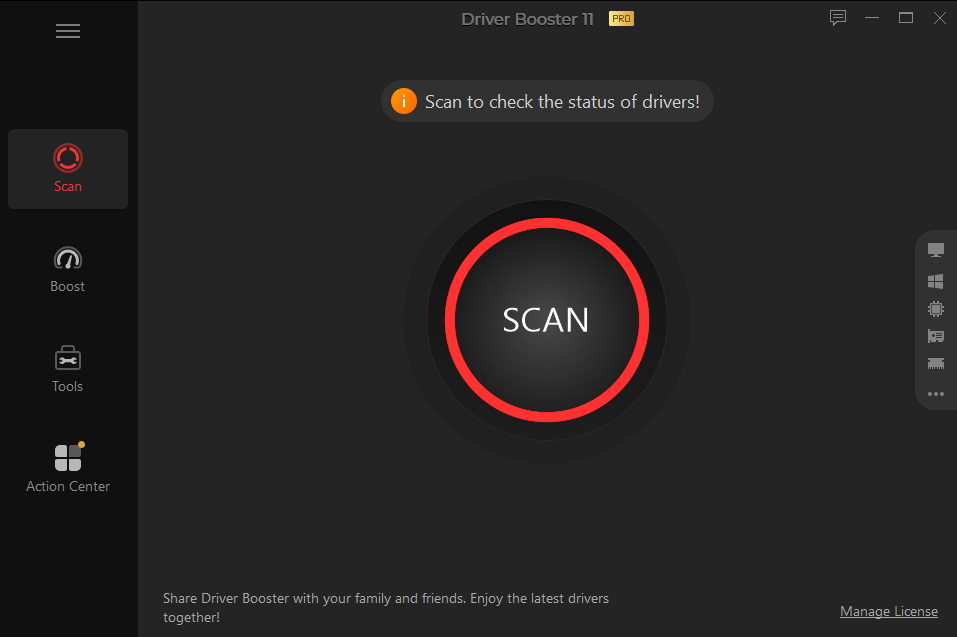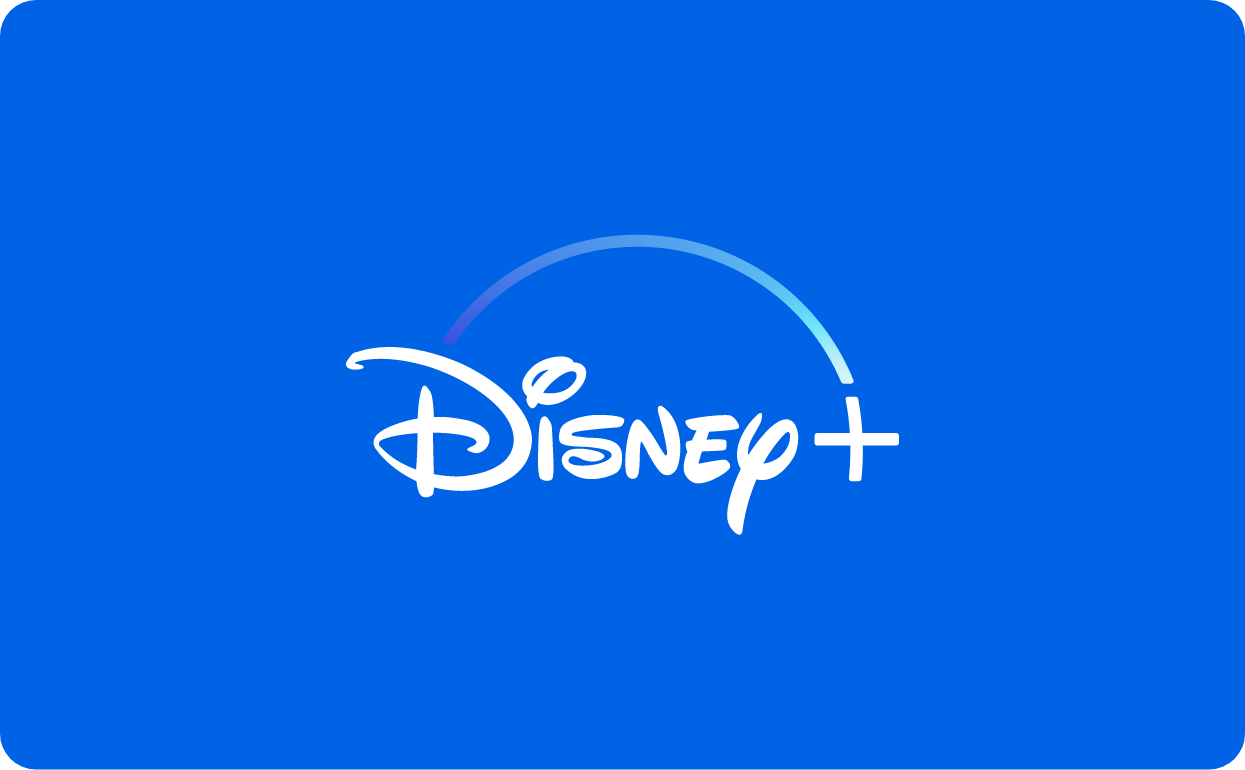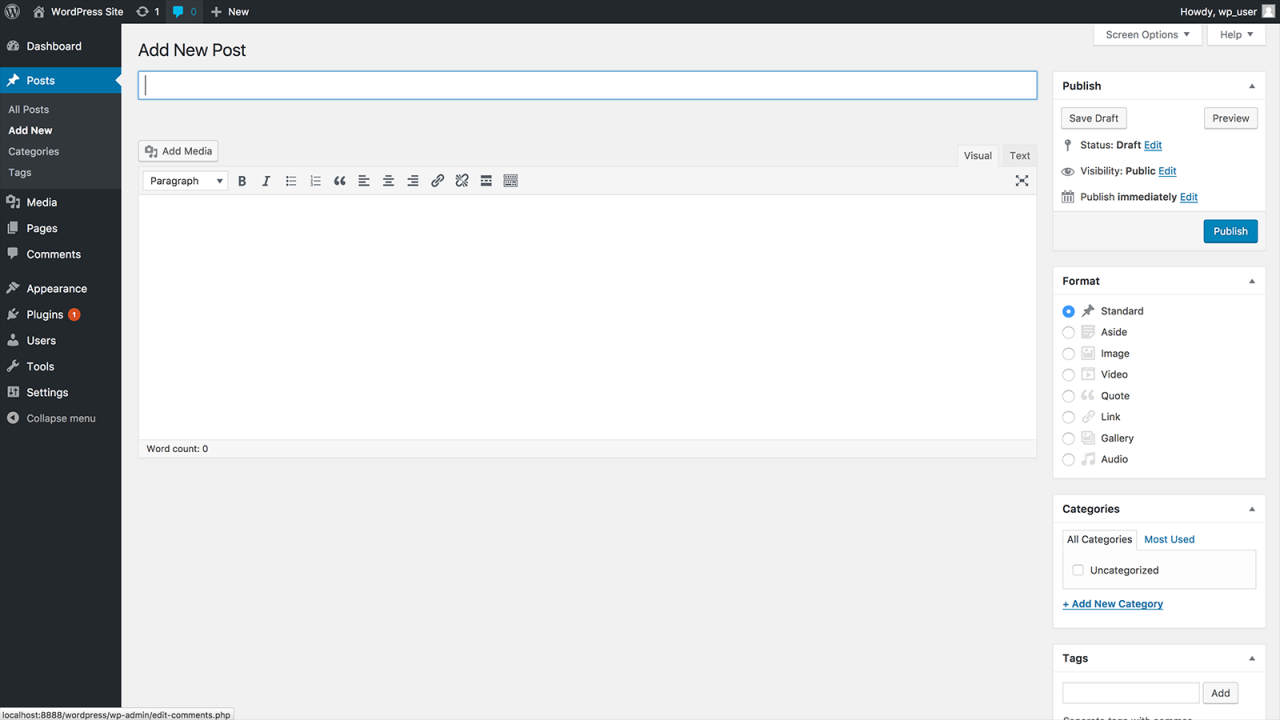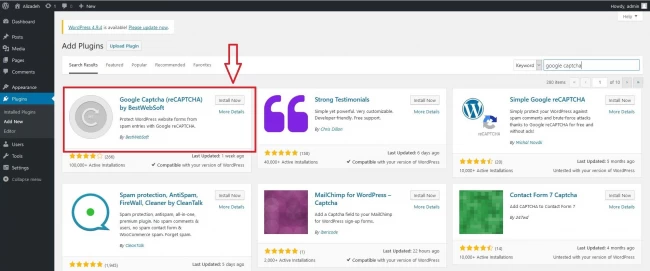Images or graphics on your web site are essential. They’re also basically ignored by search engines, so what’s the point of putting them on your site? There’s a good reason that has nothing to do with SEO. Without images, your page is just boring text. You’re not going to be happy with using plain text instead of that cool new logo you had designed for your company, and neither are your users. They want to see pictures.
If images are a must on a web site, then there should be a way to use those images to increase your web-site traffic or at least to improve your site ranking. And there is.
One technique that will help your SEO make use of graphics on your site is to tag those graphics with alt tags inside the img tags.
Alt tags are the HTML tags used to display alternative text when there is a graphic present. Your alt tags should be a short, descriptive phrase about the image that includes the keywords used on that page when possible.
Img tags are the tags used to code the images that will appear on your web site. Here’s an example of what an img tag, with an included alt tag, should look like:
<img src=”pic1.jpg” alt=”alternative text”/>
Here’s how that tag breaks down: <img src=”pic1.jpg” is your image tag, alt=”alternative text”/> is your alternative text tag. The alternative text tag is where your keywords should be included if at all possible.
You want to tag your images as part of your SEO strategy for two reasons. First, crawlers cannot index images for a search engine (with an exception, which is covered shortly). The crawler “sees” the image and moves on to the text on the page. Therefore, something needs to take the place of that image, so the crawler can index it. That’s what the alternative text does. If this text includes your keywords, and the image is near text that also includes the keywords, then you add credibility to your site in the logic of the crawler.
The second reason you want to tag your images as part of your SEO strategy is to take advantage of image-based search engines, like Google Images. These image-based search engines are relatively new, but they shouldn’t be undervalued. Just as a search engine can find and index your site for users searching the Web, image-based search engines find and index your images. Then, when users perform a search for a specific keyword or phrase, your image is also ranked, along with the text on the pages.
Image searches are gaining popularity. So crawlers like the one Google uses for its Google Images search engine will gain momentum, and image searches will add to the amount of web-site traffic that your SEO strategies help to build. But while not discounting the value of images, don’t over- use them on your web pages either. As with any element of a web page, too much of a good thing is just not good.
Search
Popular on Blogar
2024 Codecademy Premium Account Cookies
- May 17,2024
- 452 Views
2024 Grammarly Premium Account Cookies
- May 17,2024
- 349 Views
2024 Canva Pro Free Team Invite Link And Cookies
- May 17,2024
- 441 Views
Perplexity AI Premium Cookies 2024
- Apr 17,2024
- 472 Views
2024 Udemy Premium Account Cookies
- Apr 15,2024
- 296 Views
2024 ChatGPT 4 Premium Account Free Cookies
- Apr 12,2024
- 540 Views
ORPALIS PaperScan Professional Edition 4.0.10 Cracked
- Mar 29,2024
- 465 Views
Email Marketing-What Is Email Marketing?
- Oct 28,2022
- 514 Views
Content Marketing-What is Content Marketing
- Oct 27,2022
- 751 Views
Social Media Marketing-Social Media Marketing (SMM)
- Oct 27,2022
- 661 Views
Pay-Per-Click-What is PPC
- Oct 27,2022
- 711 Views
Aiseesoft Video Converter Ultimate v10.8.30 (x64) Cracked
- Apr 10,2024
- 99 Views
2024 Free Netflix Premium Account Cookies
- May 17,2024
- 878 Views
Nitro PDF Pro v14.22.1.0 Enterprise (x64)
- Feb 21,2024
- 87 Views
EaseUS Fixo Technician v1.5.5 Build 20240412 Cracked
- Apr 16,2024
- 86 Views
IObit Driver Booster Pro v11.4.0.57 Cracked
- Apr 17,2024
- 80 Views
January 11-2024-X40 Disney+ Premium Accounts
- Jan 11,2024
- 80 Views
When and Why Do You Need to Copy a Website?
- Apr 23,2024
- 80 Views
Recent Post
2024 Codecademy Premium Account Cookies
- May 17th 2024
- 452 Views
2024 Grammarly Premium Account Cookies
- May 17th 2024
- 349 Views
2024 Canva Pro Free Team Invite Link And Cookies
- May 17th 2024
- 441 Views
Perplexity AI Premium Cookies 2024
- April 17th 2024
- 472 Views
2024 Udemy Premium Account Cookies
- April 15th 2024
- 296 Views
2024 ChatGPT 4 Premium Account Free Cookies
- April 12th 2024
- 540 Views
ORPALIS PaperScan Professional Edition 4.0.10 Cracked
- March 29th 2024
- 465 Views
Email Marketing-What Is Email Marketing?
- October 28th 2022
- 514 Views
Content Marketing-What is Content Marketing
- October 27th 2022
- 751 Views
Social Media Marketing-Social Media Marketing (SMM)
- October 27th 2022
- 661 Views
Pay-Per-Click-What is PPC
- October 27th 2022
- 711 Views
How Do Security Plugins Operate On WordPress?
- May 17th 2024
- 22 Views
Copyright © 2024 BBBBF All Rights Reserved.
